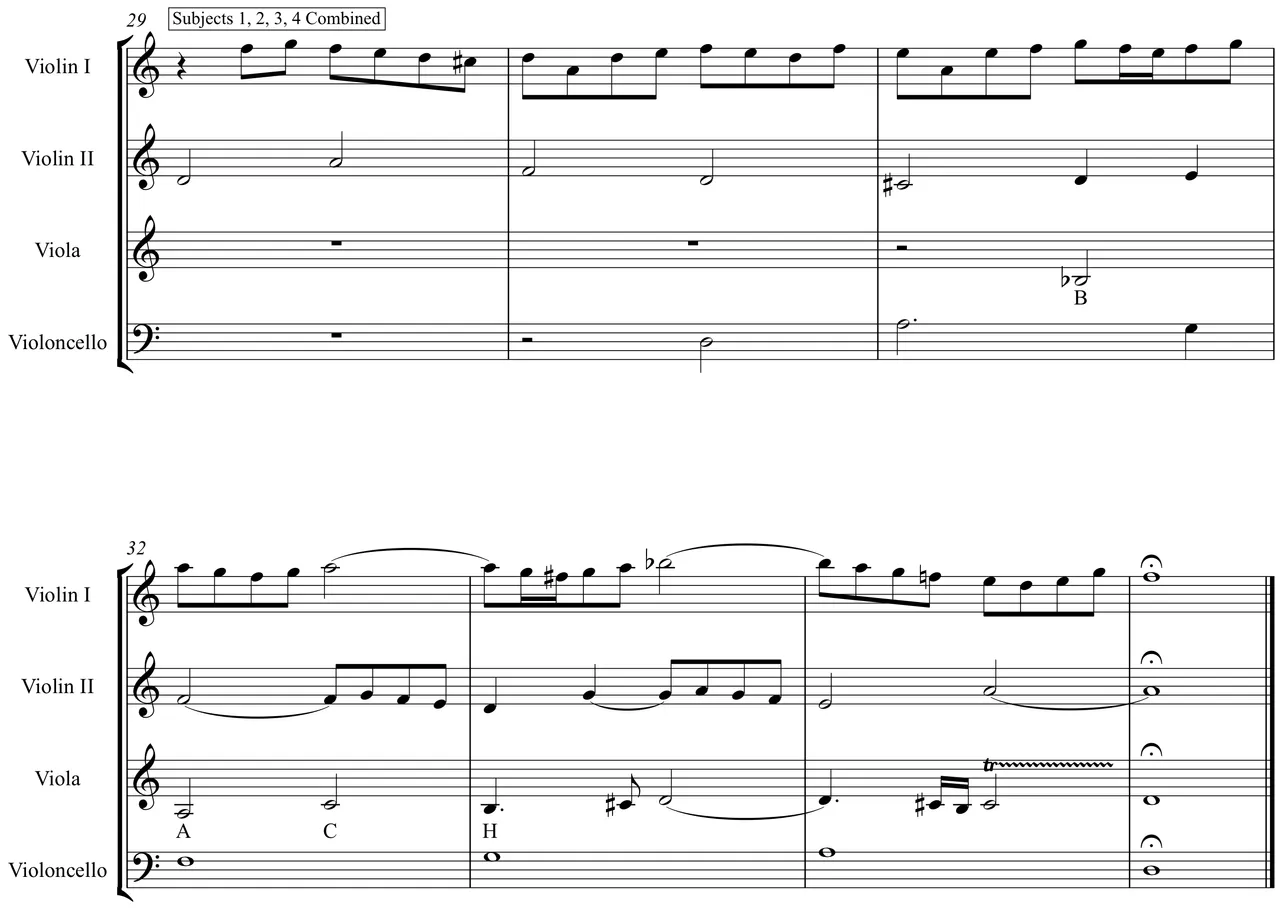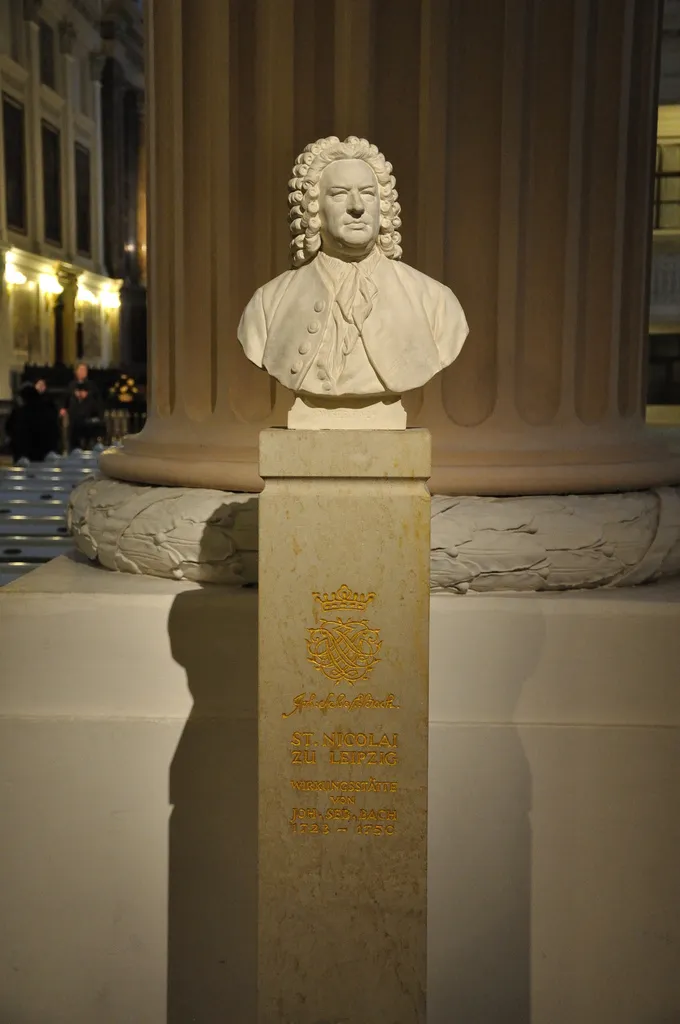In the scientific study of music, we encounter several distinct yet interconnecting categories of music theory. For my students, I wrote this list on the classroom white board, and assigned them to copy it into their notebooks:
- chord theory (a.k.a. “theory of harmony")
- rhythm theory
- melody theory
- polyphony theory (a.k.a. “theory of counterpoint")
- orchestration theory
- theory of form (and analysis)
The above six studies fall under the overall domain of "music theory." Perhaps you will think of others to add to the list. (?)
In "real" music, however, none of these disciplines exists as a separate entity, since there is a certain measure of overlap and co-dependence between them. But all six fall under the big umbrella of “music theory.”
Let’s demonstrate a few of the overlapping co-dependences:
- There can be no polyphony without the individual melodic lines.
- In a polyphonic passage, a type of harmony is produced by the interaction of simultaneous melodic lines – our ears deduce a “chord progression” from the combination of bass line, top “melodic” line, and moving inner voices, even though there are no horizontally-conceived chords per se.
- Furthermore, all melodies have a built-in, distinctive rhythm. ‘No rhythm, no music,’ as classical and jazz trumpeter Wynton Marsalis once remarked.
- Orchestration has to do with the manipulation and combination of the sonic colors of the various musical instruments – say, the violin, flute, trumpet, or balafon – and requires a knowledge of instrument pitch and dynamic ranges, and also of their limitations. Hence, the melodic aspect enters again.
- Finally, form refers to musical structure, unfolding over time – music is art expressed through time. A few examples of musical form would include fugue, minuet, sonata, song, and rondo form. These forms are often delineated by changes in harmonic, rhythmic, or melodic structure, as well as orchestral dress and texture.
Study and listen to the example below, which illustrates how four, independent melodic lines can be combined to create what sounds like a progression of harmonies, though there are no actual chords, in the vertical block sense:

Tap or Click Link to Listen to this Example: https://dsound.audio/#/@monadnock/quadruple-subjects-of-j-s-bachs-art-of-fugue
Although we acknowledge all the above “theoretical disciplines,” a divide-and-conquer strategy is useful while attempting to master the various facets of this broad suite of disciplines known collectively as "music theory" – harmony, rhythm, melody, counterpoint, orchestration, and form. In future installments, we will focus on them individually, as well as on their mutual co-dependence.
If you appreciated reading through this little exposé, be sure to Follow, Resteem, Share, and Comment. I’ll also answer music-theory related questions posted in the comment box (perhaps in exchange for Upvotes!). Thank you for reading!
IMAGE CREDITS
Fugue excerpt based on J. S. Bach’s Art of Fugue, the realization of the four themes in simultaneous exposition, inspired by Erich Bergel’s modern completion of the unfinished, final fugue of Bach’s masterpiece.

Bust of J.S. Bach, by vxla (downloaded 2017_09_10; mods and commercial use allowed): https://flic.kr/p/7iZuJU
Creative Commons License: https://creativecommons.org/licenses/by-sa/2.0/legalcode
My Music Theory Channel: https://www.youtube.com/c/fundamentalstofugue